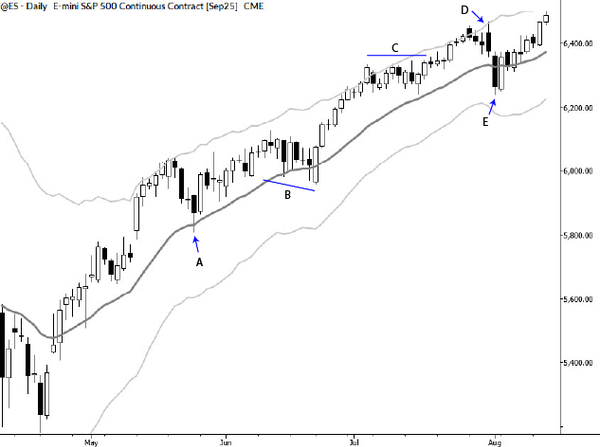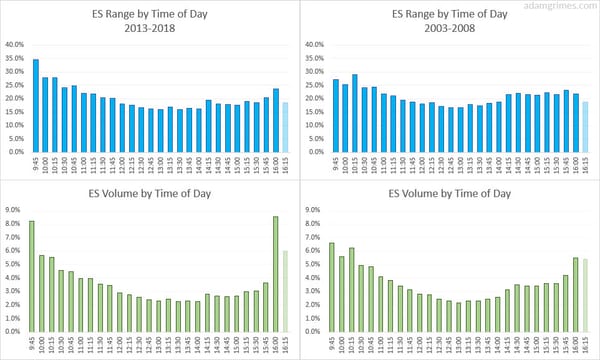Chart of the Day: Natural Gas

[dc]I[/dc]f you are a discretionary trader, you might also consider using some trading systems. In my published research, I publish three types of trades: purely discretionary trades (on both weekly and daily timeframes), a pullback system, and a longer-term trend following system. These systems were carefully selected because they are highly compatible with my trading style—in fact, I have long used algorithms like these as a source of discretionary trade ideas. One of the advantages of using tools like this is that sometimes they make you do the difficult thing. Look at the daily chart of Natural gas (above), and ask yourself if you would've bought that breakout. I have been looking for a very long term long entry on Natty, but had assumed that it would come on a retest of 2012 lows, or at least of contract lows. Buying higher, buying a breakout, was not really on my list of things to do. However, our trend following system called an entry, which we took and published a couple weeks ago, and this has turned out to be a great trade, so far: we're currently sitting with 1.7x the initial risk on the trade in profit, and will be moving the stop on the trade within the next few trading sessions.
The point is not to show a winning trade. (In fact, Natty has been very docile in recent years, but many traders still think of it as the "widowmaker" out of respect for its potential to surprise traders with stunning volatility. Always expect the unexpected when trading this commodity. I'm publishing this Thursday night and the trade could very well be underwater by the time you read this sometime Friday, but that is a calculated risk—exactly the kind of risk we are paid to assume in the marketplace.) The point of this post is that you might consider whether a rigid, algorithmic set of trading rules can add something to a discretionary framework. There are caveats and concerns (the system must obviously be compatible with your style, but should also be different enough that it adds new information to your process. How closely will you follow the system? What will you do when the system contradicts your discretionary inclinations? These and many other questions must be addressed.), but many discretionary traders would likely benefit from the addition of a structure, disciplined partner—a set of algorithmic trading systems.



